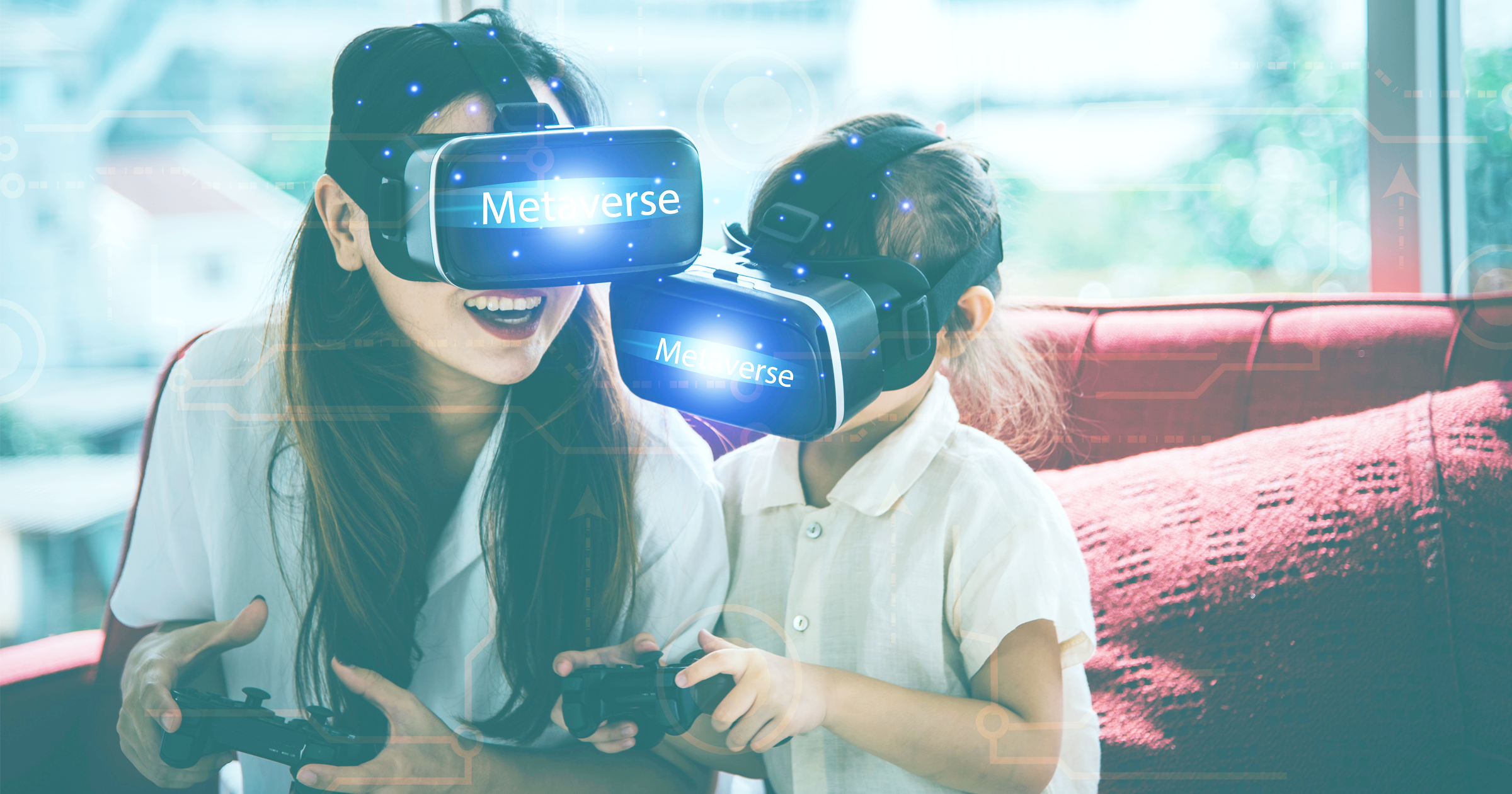The Internet of Senses: The Future of Digital Experience is Multi-Sensory
Imagine you can experience smell, taste, textures and temperature digitally.
FUTURE PROOF – BLOG BY FUTURES PLATFORM
Digital technology today mainly uses two senses - sight and sound. But it may not be long before we can feel, taste and smell digital objects in a way that is indistinguishable from physical experiences. With the technological advances in extended reality (XR) applications and 5G, it is plausible that digital experiences will move from screen-based to sense-based in the decades ahead.
The Internet of Senses (IoS), a term championed by the Swedish telecom giant Ericsson, can be described as the next iteration of digitalisation. With the ever-improving ability of digital technologies to mimic and augment the five human senses, the IoS envisions a world where the digital and physical increasingly merge into one another.
In the future, more lightweight and advanced AR glasses and contact lenses will allow users to project digital objects into physical spaces with uncanny levels of realism. Touch will also become more amplified in the era of IoS. Haptic feedback is already available today, but more advanced forms of wearables that replicate the sense of weight and motion in digital objects will also emerge as technologies evolve.
Similarly, various early-stage prototypes that replicate the senses of taste and smell also exist. For instance, the Norimaki Synthesizer, designed by researchers from Meiji University in Japan, artificially recreates any flavour on a user’s tongue.
TOWARDS A SENSE-BASED DIGITAL EXPERIENCE ECONOMY
From immersive entertainment to digital malls and online social gatherings, digital sensory experiences have the potential to radically reshape industries. They will open entirely new avenues for value creation, unlock novel ways for brands to connect with consumers, and will transform how we perceive the life around us.
In the years to come, digital malls may be able to offer smell, texture, and taste to make online shopping experiences indistinguishable from buying things at brick-and-mortar stores. Digital taste manipulation could revolutionise the food industry altogether by offering new taste experiences without any health disadvantages. In media and entertainment, films and advertisements could be experienced in an entirely new, fully immersive way.
Access more in-depth analyses on this topic on Futures Platform’s foresight tool, which contains easy-to-digest, practical insights on future trends to help organisations navigate change.




Digital technology today mainly uses two senses - sight and sound. But it may not be long before we can feel, taste and smell digital objects in a way that is indistinguishable from physical experiences.